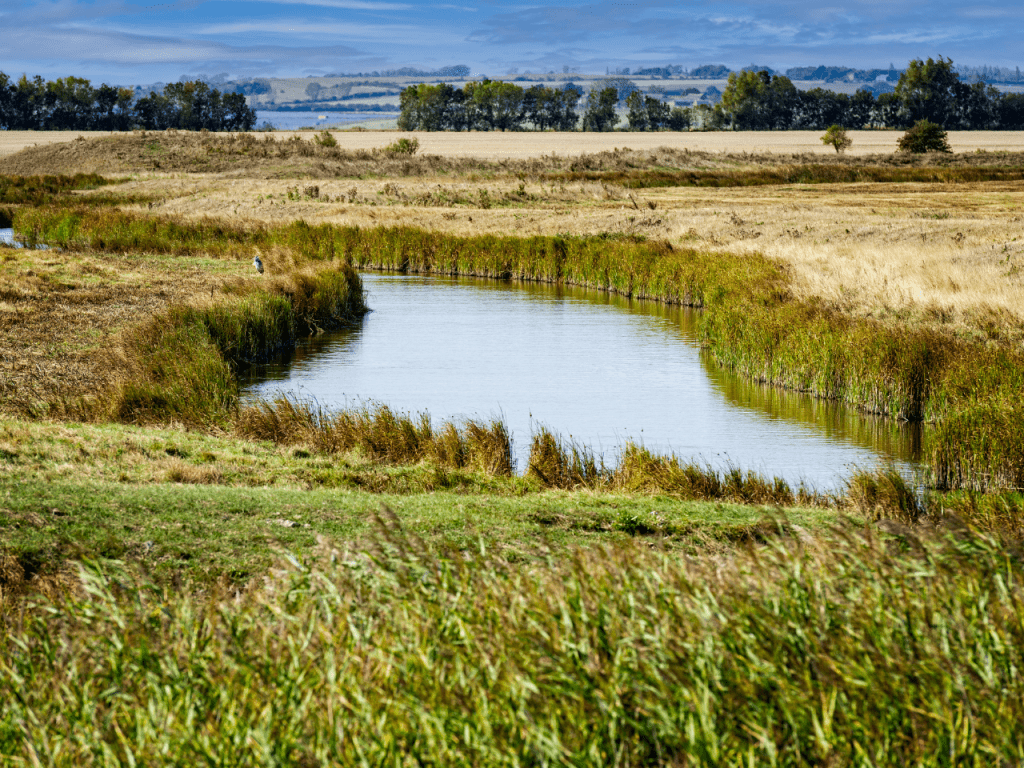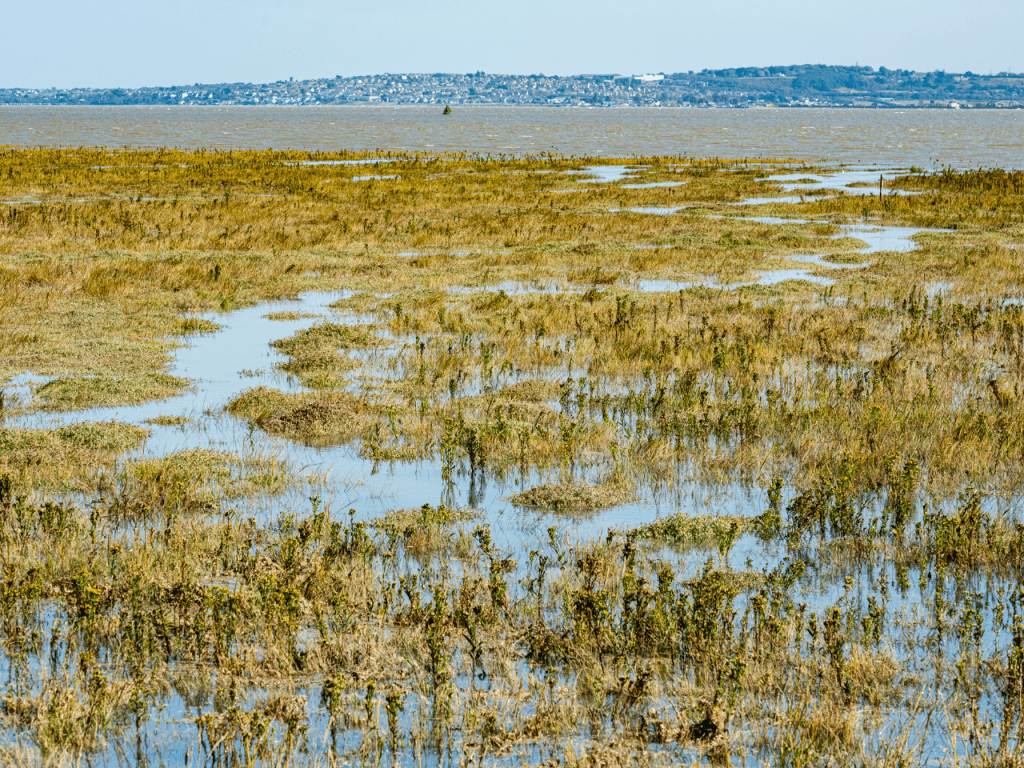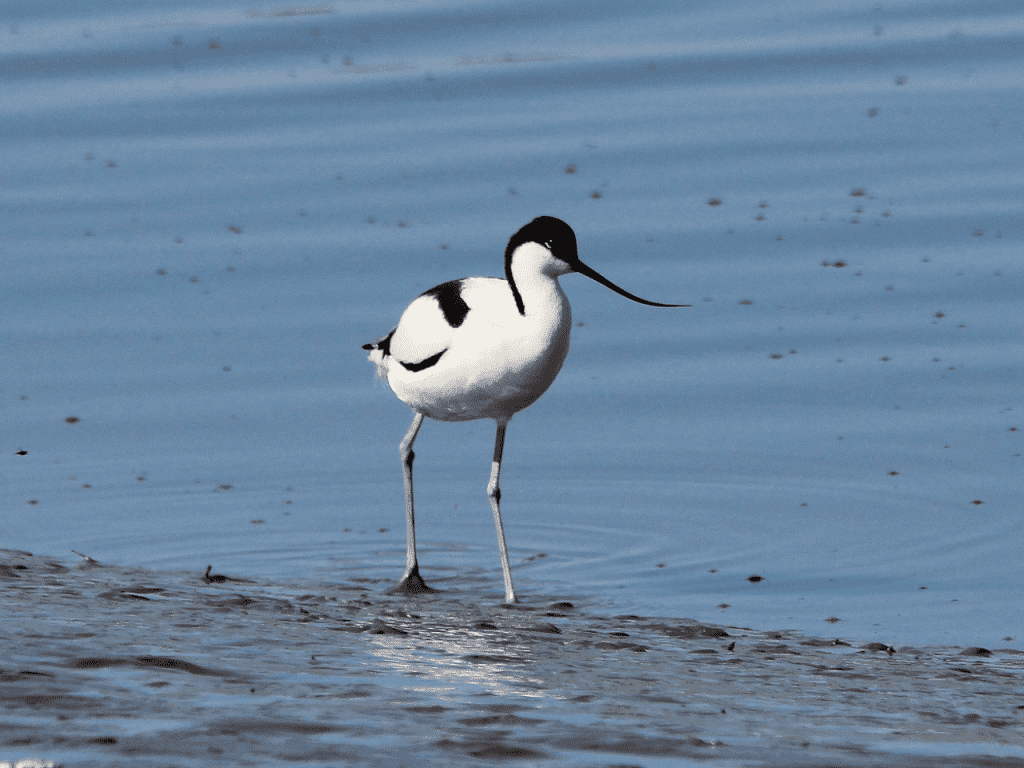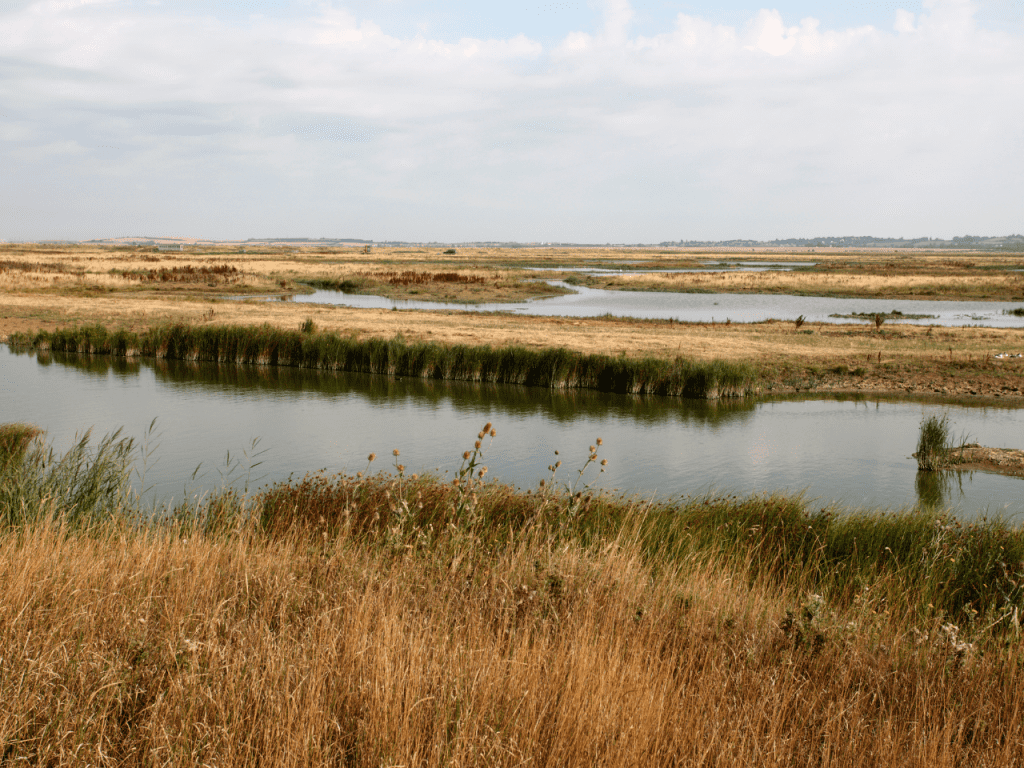North Kent
For such a small catchment, the North Kent catchment punches well above its weight in terms of its ecological significance.

About the river
The North Kent catchment area includes the Medway Estuary and Swale channel, generally known as the Medway Swale Estuary. Both are of national and international importance to wildlife and designated accordingly, most recently as Marine Conservation Zones. The freshwater tributaries of the catchment consist of four water waterbodies: the White Drain (nr Boughton-under-Blean), the Dry Valley south of Faversham (also known as The Westbrook), the Iwade and the Swale tributary at Lower Halstow (also known as The Libbet).
The area has been integral to regional industrial growth and remains important today. It plays a key role in the UK’s energy supply network and is home to several important shipping terminals.
The South East Rivers Trust co-hosts the catchment partnership with the Medway Swale Estuary Partnership. Click here for the most up to date catchment plans.
What makes it special?
The Isle of Sheppey and the surrounding area is packed with history. Archaeology and historic records show evidence of people living in the area dating back to prehistoric times and remaining there through the Roman and Anglo Saxon eras all the way to the present day. The nearby town of Faversham was a major producer of gunpowder from the 16th century, producing the gunpowder for the Battle of Trafalgar.
The North Kent Marshes that surround the Medway and Swale Estuary are a SSSI (Site of Special Scientific Interest). With the vast majority of England’s marshland lost to artificial land drainage, the North Kent Marshes offer a rare glimpse into an ancient habitat, once endemic to England. The marshes provide valuable habitat for a range of priority species, such as water voles, lapwings and European eels.
Issues
How Healthy is the North Kent?
Co-hosted by the South East Rivers Trust and the Medway Swale Estuary Partnership, the North Kent Catchment Partnership is made up of organisations that have an interest in the health of the landscape and the many benefits of having an environment rich in biodiversity and recreational opportunities. To find out more about the health of the North Kent landscape and rivers, please visit the dedicated catchment partnership website.
Click to find out more


